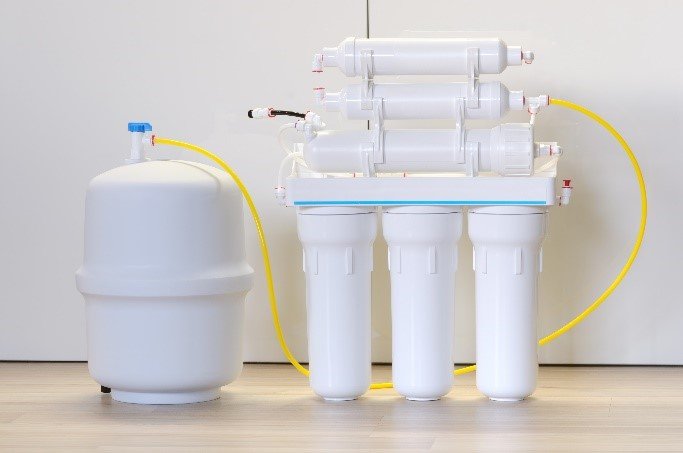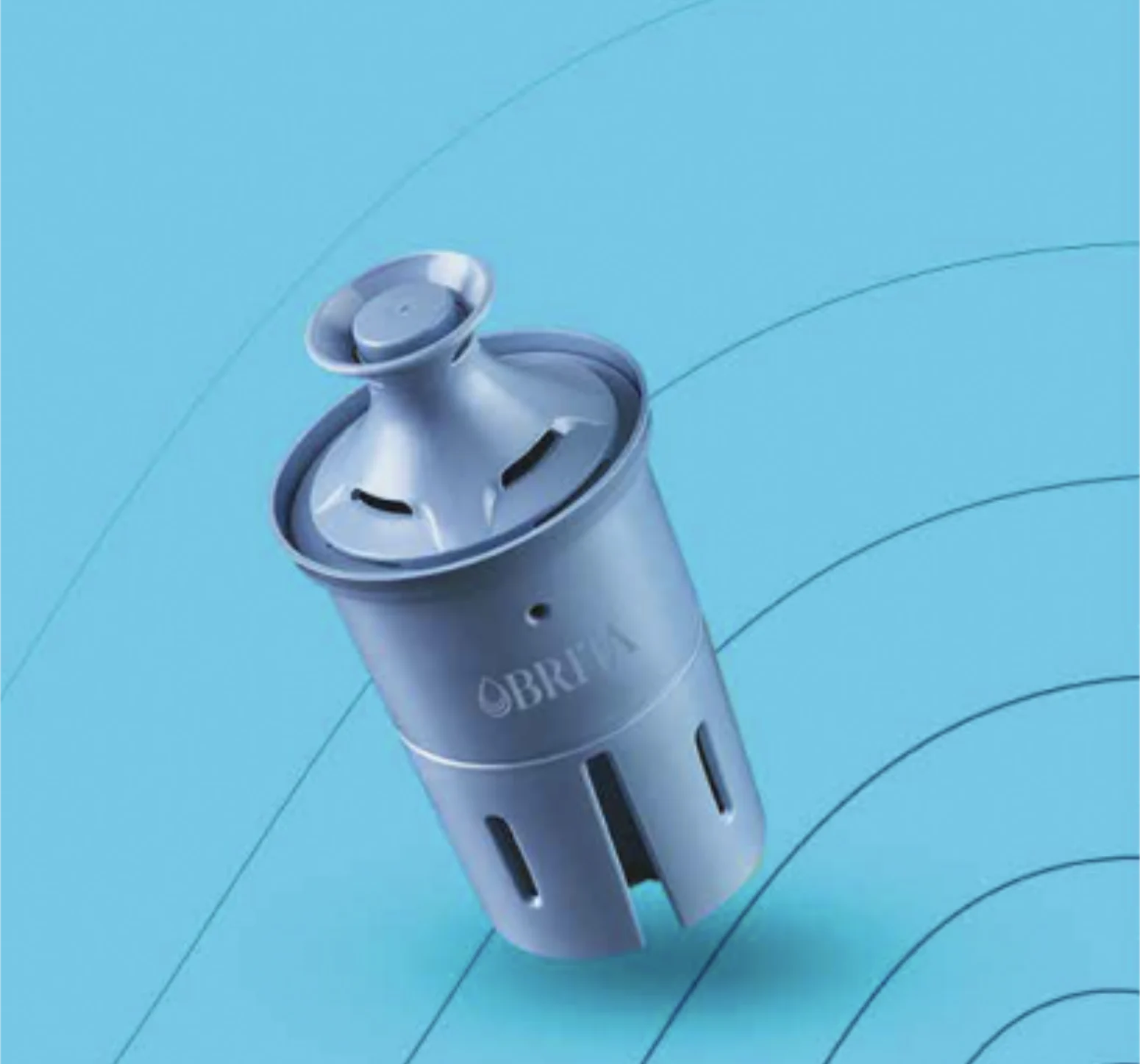Sometimes filtered water can come with small metal particles which can affect its taste, color and smell
If you have ever drank water off a kitchen faucet you might have noticed it sometimes smells or tastes off.
The good news is most of the time weird or metallic-tasting water is safe to drink. According to the EPA, metallic-tasting or weird-smelling water is sometimes due to a high concentration of iron or copper, both due to the water-filtration process.
“The contaminants may cause the water to appear cloudy or colored, or to taste or smell bad,” the EPA said. “This may cause a great number of people to stop using water from their public water system even though the water is actually safe to drink.”
While people tend to assume odor and tasteless water are an indication of good quality, the EPA says that sometimes is not the case.
“Odor and taste are useful indicators of water quality even though odor-free water is not necessarily safe to drink,” the EPA said. “Odor is also an indicator of the effectiveness of different kinds of treatment.“
However, if your tap water starts showing in different colors, it might be time to take some action, according to the EPA.
“Color may be indicative of dissolved organic material, inadequate treatment, high disinfectant demand, and the potential for the production of excess amounts of disinfectant by-products,” the EPA warned.
What causes tap water to taste weird or metallic?
Here’s a comprehensive table on what contaminant is present in your water if it starts tasting, smelling, or looking a certain way, according to the EPA.
The EPA uses a scale of “maximum contaminant levels”, commonly known as MCLs, to grade water based on the maximum allowable amount of a contaminant in drinking water.
| Contaminant | Maximum contaminant levels allowed (MCL) | Effects on water |
| Aluminum | 0.05 to 0.2 mg/L* | colored water |
| Chloride | 250 mg/L | salty taste |
| Color | 15 color units | visible tint |
| Copper | 1.0 mg/L | metallic taste; blue-green staining |
| Corrosivity | Non-corrosive | metallic taste; corroded pipes/ fixtures staining |
| Fluoride | 2.0 mg/L | tooth discoloration |
| Foaming agents | 0.5 mg/L | frothy, cloudy; bitter taste; odor |
| Iron | 0.3 mg/L | rusty color; sediment; metallic taste; reddish or orange staining |
| Manganese | 0.05 mg/L | black to brown color; black staining; bitter metallic taste |
| Odor | 3 TON (threshold odor number) | “rotten-egg”, musty or chemical smell |
| pH | 6.5 – 8.5 | low pH: bitter metallic taste; corrosion high pH: slippery feel; soda taste; deposits |
| Silver | 0.1 mg/L | skin discoloration; graying of the white part of the eye |
| Sulfate | 250 mg/L | salty taste |
| Total Dissolved Solids (TDS) | 500 mg/L | hardness; deposits; colored water; staining; salty taste |
| Zinc | 5 mg/L | metallic taste |
How can you remove the metallic taste from your tap water?
According to the EPA, the best way to remove abnormal tastes, colors, or smells from tap water is to install a filtration system in your home.
There are many types of water filters and they come in all shapes and sizes. Here are some available to consumers, according to the CDC:
Water filter pitchers
Water filter pitchers are pitchers that are filled from the top and have built-in filters that water must pass through before being poured out for drinking or other use.
- Pros: Inexpensive to purchase, no installation, easy to use
- Cons: Vary by model and pore size, filters must be replaced regularly, slow filtering
Refrigerator filters
Many refrigerators have a built-in filter that supplies water through the door and supplies an automatic icemaker.
- Pros: Comes with many refrigerators, often improves water taste, may also filter water used for making ice, easy to use
- Cons: Filters must be replaced regularly
Faucet-mounted filters
Faucet-mounted filtration systems attach to a standard faucet and can be switched on and off between filtered and unfiltered water flow.
- Pros: Can easily switch between filtered and unfiltered water, relatively inexpensive
- Cons: Do not work with all faucets, may slow water flow
Faucet-integrated (built-in) filters
Faucet-integrated filtration systems are faucets designed with built-in filters (instead of an attached filter, like a faucet-mounted system) and require installation.
- Pros: Can easily switch between filtered and unfiltered water
- Cons: Often expensive, require installation
On-counter filters
Faucet-integrated filtration systems are faucets designed with built-in filters (instead of an attached filter, like a faucet-mounted system) and require installation.
- Pros: Can easily switch between filtered and unfiltered water
- Cons: Often expensive, require installation
Under-sink filters
Under-sink filtration systems are installed under a sink and send water through a pipe to the filter’s own specially installed faucet.
- Pros: Filter large amounts of water, do not take up countertop space
- Cons: Often expensive, may require modifications to plumbing
Whole-house water treatment
Whole-house water treatment devices treat all water entering the house, not just the water used for drinking.
- Pros: Treatment is applied to all water entering your home, which may be important for hard water and volatile organic compounds (VOCs)
- Cons: Often expensive, may require modifications to plumbing, may require professional maintenance, filtering that removes chlorine might increase growth of germs in all the pipes in your house





Leave a Reply